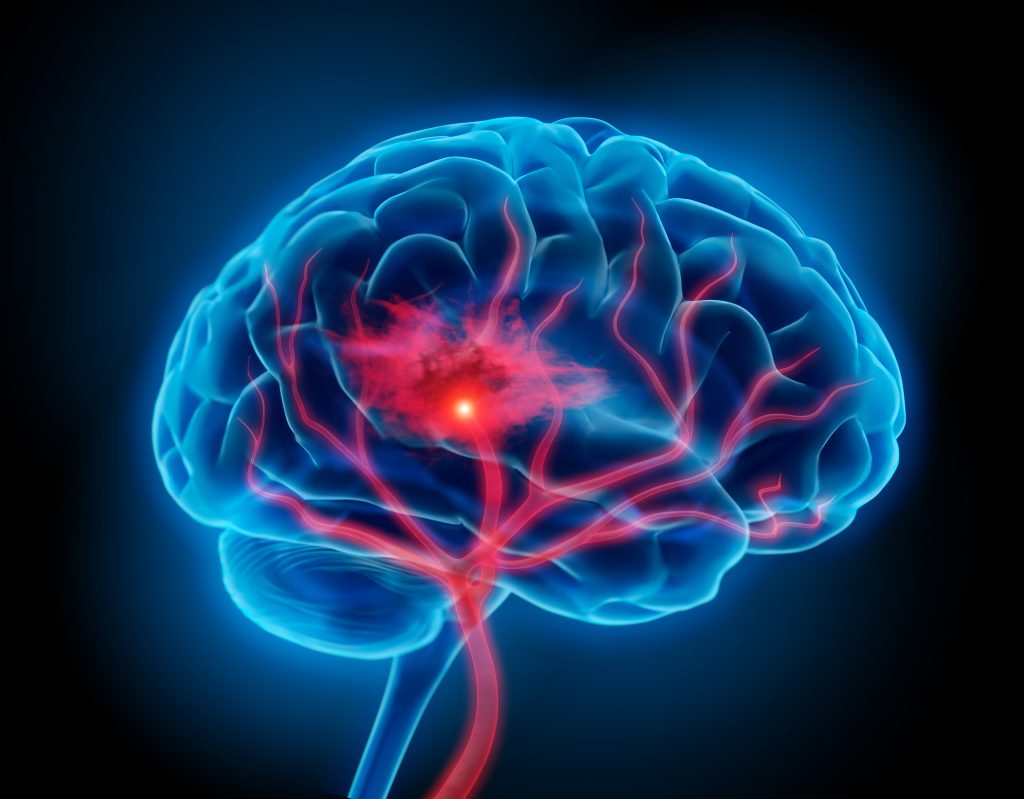Lab Notes
Sepsis, or Death By Lethal Message
If scientists understand what causes this deadly cellular message chain, they might be able to stop it
January 23, 2025 | Kim Krieger
Some Senescent Cells Heal, Others Hinder
In a new study, UConn School of Medicine researchers describe how to distinguish between senescent cells that speed wound healing and those that hinder it
December 13, 2024 | Kim Krieger
New Approach Could Help Alzheimer’s Research
Clues that a different than expected type of cell is involved in the earliest stages of the disease
December 5, 2024 | Kim Krieger
Nerve Regrowth in Sight
The findings could lead to a potential treatment for a common cause of blindness
December 4, 2024 | Kim Krieger
UConn Researchers Working to Extinguish ‘Inflammatory Fire’ Stroke Causes in the Brain
World Stroke Day is on October 29 but all-year-round UConn is on a steadfast mission to find a new, future stroke treatment
October 28, 2024 | Lauren Woods
Researchers Receive $2.5 Million in NIH Funding to Address Placenta Accreta
Placenta accreta is a rapidly growing disease during pregnancy
September 16, 2024 | Courtney Chandler
NIDCR-funded Study Finds Females Have Lower Salivary Flow Than Males
Findings key for patient risk assessment and treatment management strategies
August 27, 2024 | Courtney Chandler
B-cell, Begone! This Protein May Protect Against Immune Malfunction
Researchers at UConn Health look for ways to defuse B-cells gone bad
August 14, 2024 | Kim Krieger
MS Changes the Microbiome Subtly but Similarly, Whether in US or Asia
Multiple sclerosis affects about a million people in the US, and millions more elsewhere in the world
August 6, 2024 | Kim Krieger
Live Longer, Die Healthier
UConn researchers have demonstrated a treatment that could lengthen life—and vigor—up to the very end
August 5, 2024 | Kim Krieger









